My route to the roof of the world started in the App Store. Instead of filling out the necessary paperwork to apply for a climbing permit, my first step was to download the software necessary to enter the virtual world.
Because – as Everest’s 2024 climbing season draws to a close after a year of overcrowding and fatal accidents – it turns out you don’t actually need to set foot on the sacred slopes to reach the 29,032ft peak. offers a new virtual reality experience.
The man behind The Quest: Everest VR, which cost an estimated €250,000 (£213,000) to make, is American filmmaker Alex Harz, who achieved his childhood dream of climbing Everest in 2018. The film combines footage from five different real-life expeditions. .
After fiddling with the download process, I put on the Meta Quest 3 headset for the first time. I’ve climbed a lot of mountains and would feel pretty comfortable mapping out routes, organizing packing lists for expeditions, and planning the logistics of a trip. But when I started climbing Everest in virtual reality, it turned out that all these skills were useless. I had never entered the virtual metaverse and it was completely foreign; a world of cartoons, moving parts, and invisible boundaries that keep me from tripping over the kitchen table.
Two handheld controllers allowed me to navigate the software and download the three-part series to begin the intense 52-day journey to Everest. The first nine-minute episode takes viewers from Kathmandu to the mountainous Khumbu region, where the hiking trail begins in the town of Lukla. The chilling flight into the world’s most dangerous airport is noticeably missing from the footage; But once you start moving, you’ll soon fall under the spell of Nepal’s most famous region.
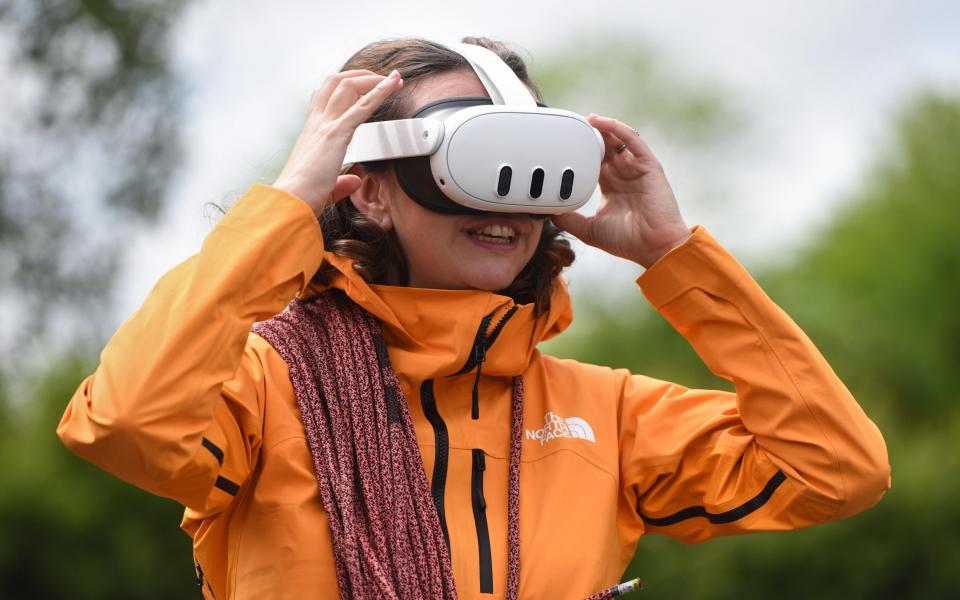
With the ability to rotate 360 degrees, I found standing to be the most immersive testing method, but it can just as easily be done from the comfort of the couch.
Harz’s simple yet informative commentary brings the experience to life. It shares “melodic reminders of life on the road” and details important waypoints. Spectators are also offered a seat at the traditional puja ceremony, a Buddhist custom performed before any climb. The clanging of rattles, the stamping of yak hooves and waving prayer flags brought back memories of my visit to Khumbu. Along the way, I recognized the streets of Namche Bazaar, the main Sherpa town on the Everest trail, the iconic slopes of Ama Dablam above Dingboche, and the tin-roofed buildings of the last residential outpost of Gorakshep.
The low-key images are refreshing; Unlike the vast library of cinematography that tells the stories of Everest, in virtual reality you see the experience from a more personal perspective. This is a front view of each weary climber’s face and each litter left; Once you reach Camp Four, you see firsthand the sea of abandoned tents and oxygen bottles that so often make the news – reality with no drones or Photoshop to distort.


Harz’s idea was born out of a passion for climbing and video games. “I realized that I shouldn’t continue to sacrifice all the time, money, dedication and risk required to make my Everest dream a reality, just to witness a few minutes of the most breathtaking views imaginable. “There had to be a greater purpose,” he said.
“[I have a] A long-standing fascination and love for point-of-view video games (Halo, Rainbow Six, Borderlands, Doom) because these types of games put you right into the action… I wanted to deliver the closest experience possible to being present to a worldwide audience. On Mount Everest, without all the hard training, planning and high risk required to physically get there.”
Much has been written about the horrors of the Khumbu glacier, the 4.5-mile-long icefall that marks the start of the route from Everest Base Camp to the summit. Expedition leader John Hunt described his presence on the mountain in his description of the first successful ascent in 1953: “This labyrinth of broken ice is moving, its surface changing, if not at the speed of water, at least at a rate that will move it. This is a dangerous problem to overcome.”
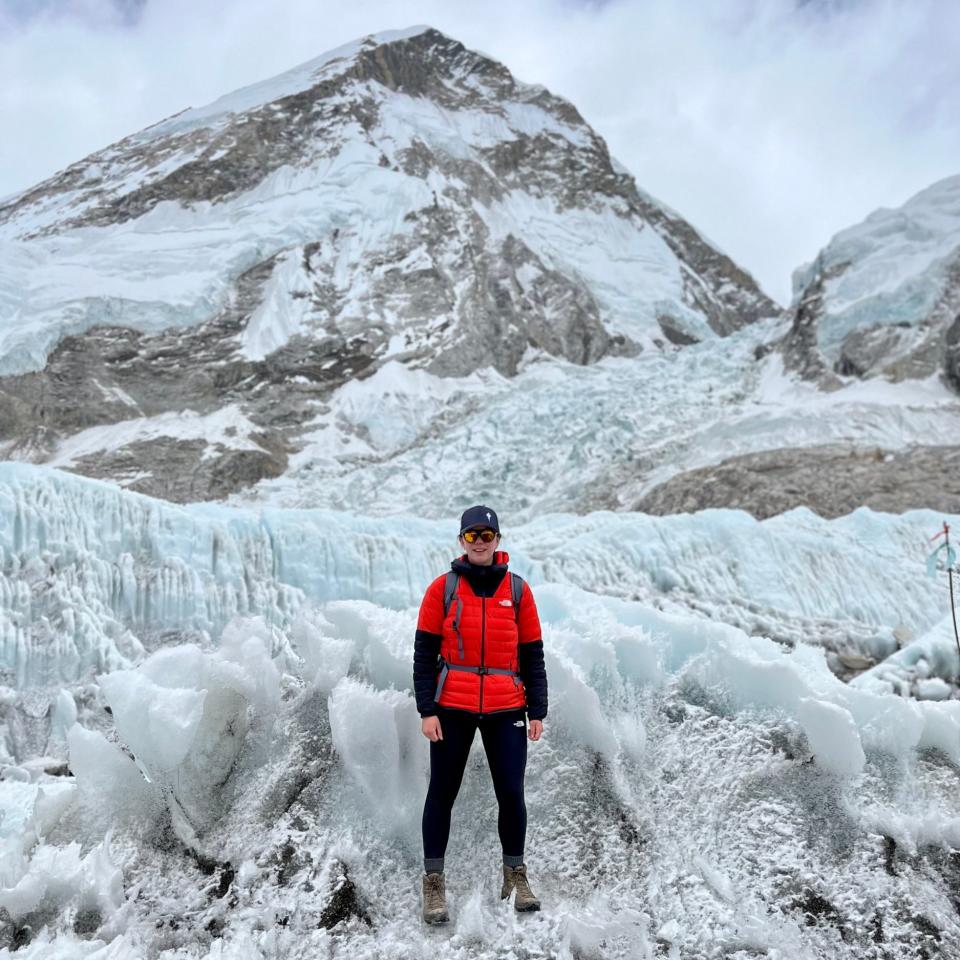

When headphones were put on at the beginning of the eight-minute second episode, the size of the ice cliffs and the depth of the vast crevasses came to life with surprising clarity. All of this reading eventually resonated with Harz describing the route as “the climbers’ equivalent of playing Russian roulette.”
Higher up, Harz moves the camera over one of the many aluminum ladder bridges placed by Sherpa teams to allow climbers to cross gaps in the glacier. When I look into the void, the depths seem endless and my legs shake. I thought about the local Nepali guides who risk their lives every year and are often underappreciated. Continuing, viewers get a sense of the massive scale of the Western Cwm and the slow progress towards the 5,000ft Lhotse Face.
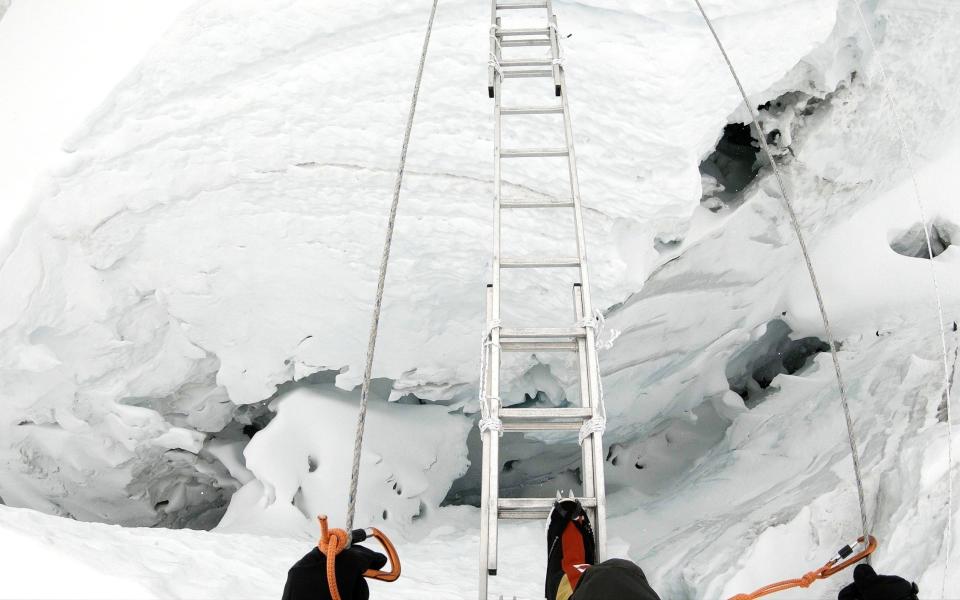

The third part is when the magic happens. In virtual reality, it takes less than 10 minutes to climb from South Col at 25,938ft to the summit (29,032ft); In reality, the average climber needs up to nine hours. As you progress along the route, more familiar views emerge: the south summit, where you see your first full profile of the actual summit, and Hilary Step. I turned to view the summit of Lhotse (27,940 ft), looking left at the vast vista of Nepal and right at the steep Kangshung Face dropping down towards Tibet.
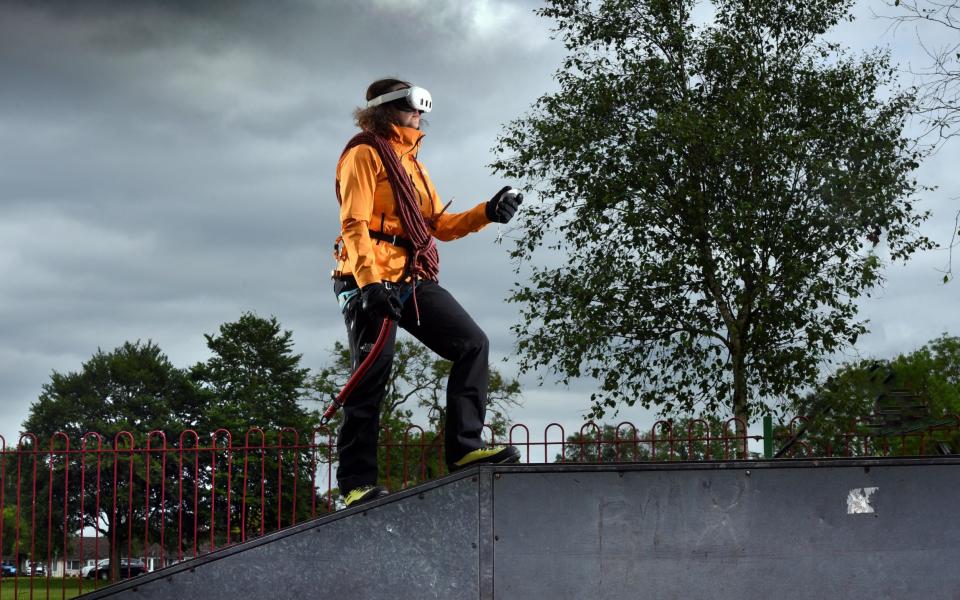

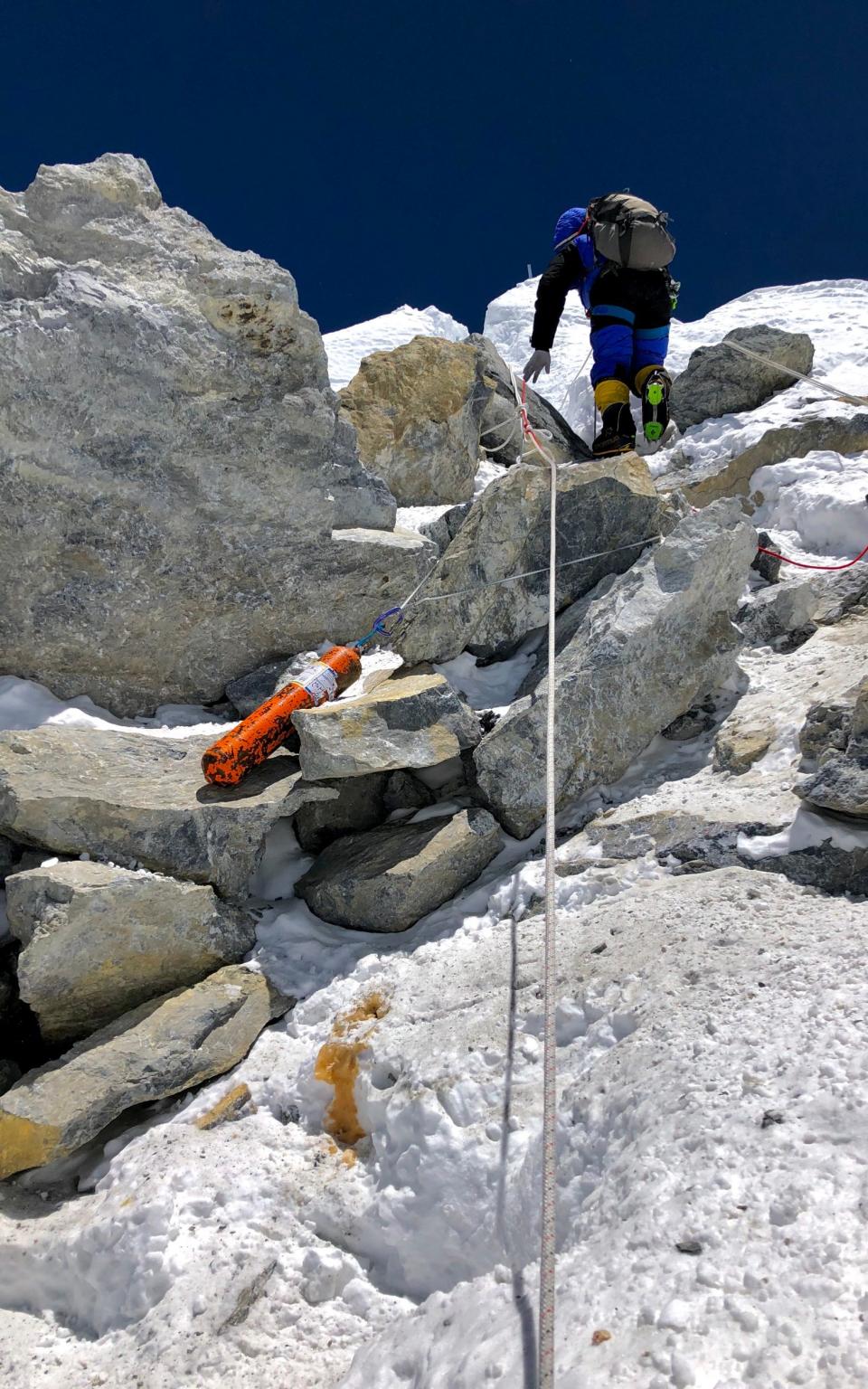

As Harz ascended the Hilary Step, I paused the footage and remembered how Sir Edmund Hillary and Sherpa Tenzing Norgay first pioneered this course. Climbers now use fixed ropes, but in 1953 the duo had only ice climbing equipment. First Hillary and then Tenzing crossed the barrier as if climbing a rock chimney; With their backs against the rock wall and their feet stuck in a crack, they slowly moved upwards. As I sat in the comfort of my living room on a warm May evening, headphones on and breathing normally, my appreciation for the early pioneers of mountaineering was steadfast.
Perhaps most surprising – early reports estimated 600 successful summit attempts this season – is that once you reach the top it is empty (in fact Harz spent 45 minutes alone there with his guide Tashi Sherpa). A giant cornice hangs over the edge, but the “beautiful snow cone peak,” as Hillary describes it, is adorned with memorials and prayer flags and surrounded by a panorama of the world’s most dramatic peaks. Less than one person in a million experiences this sight in real life; In virtual reality, this image is open to everyone.
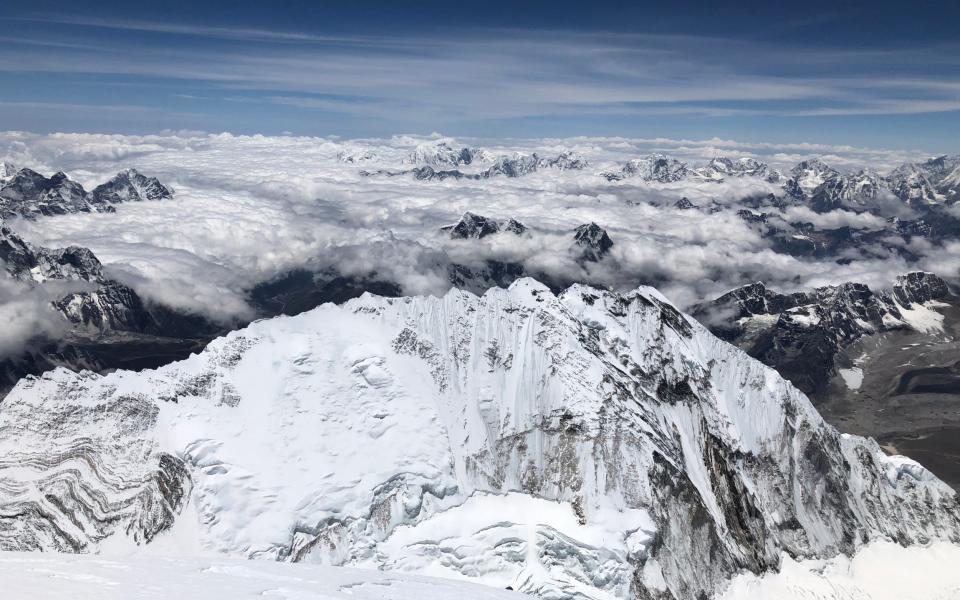

The Quest: Everest VR is a unique way to learn more about the world’s tallest mountain. For a self-confessed Everest obsessive like me, it brings to life a mountain that has captivated the imagination since the 19th century in a way that blockbuster movies and social media often overlook.
Fundamentals
Quest Everest VR can be experienced on major virtual reality platforms as well as 2D VR360 for computers, mobile phones and tablets. For more information and where to watch, visit TheQuestEverest.com.
Lucy used the Meta Quest 3 headset, available for £479.99